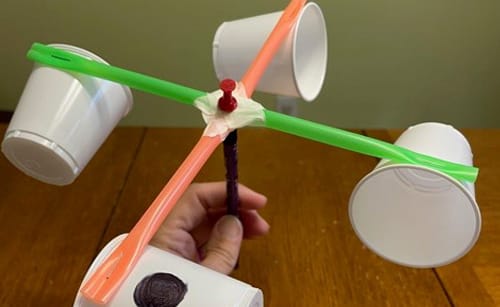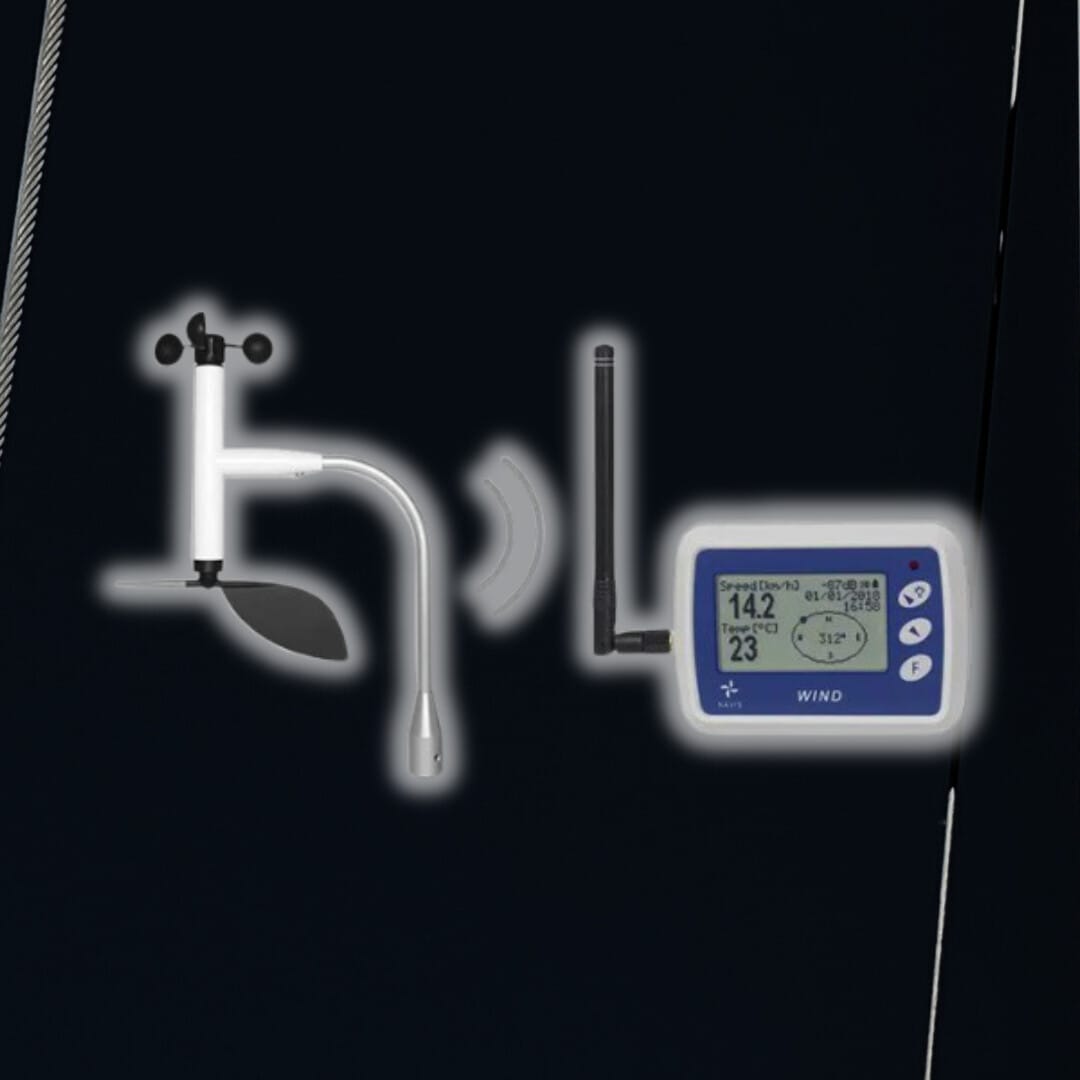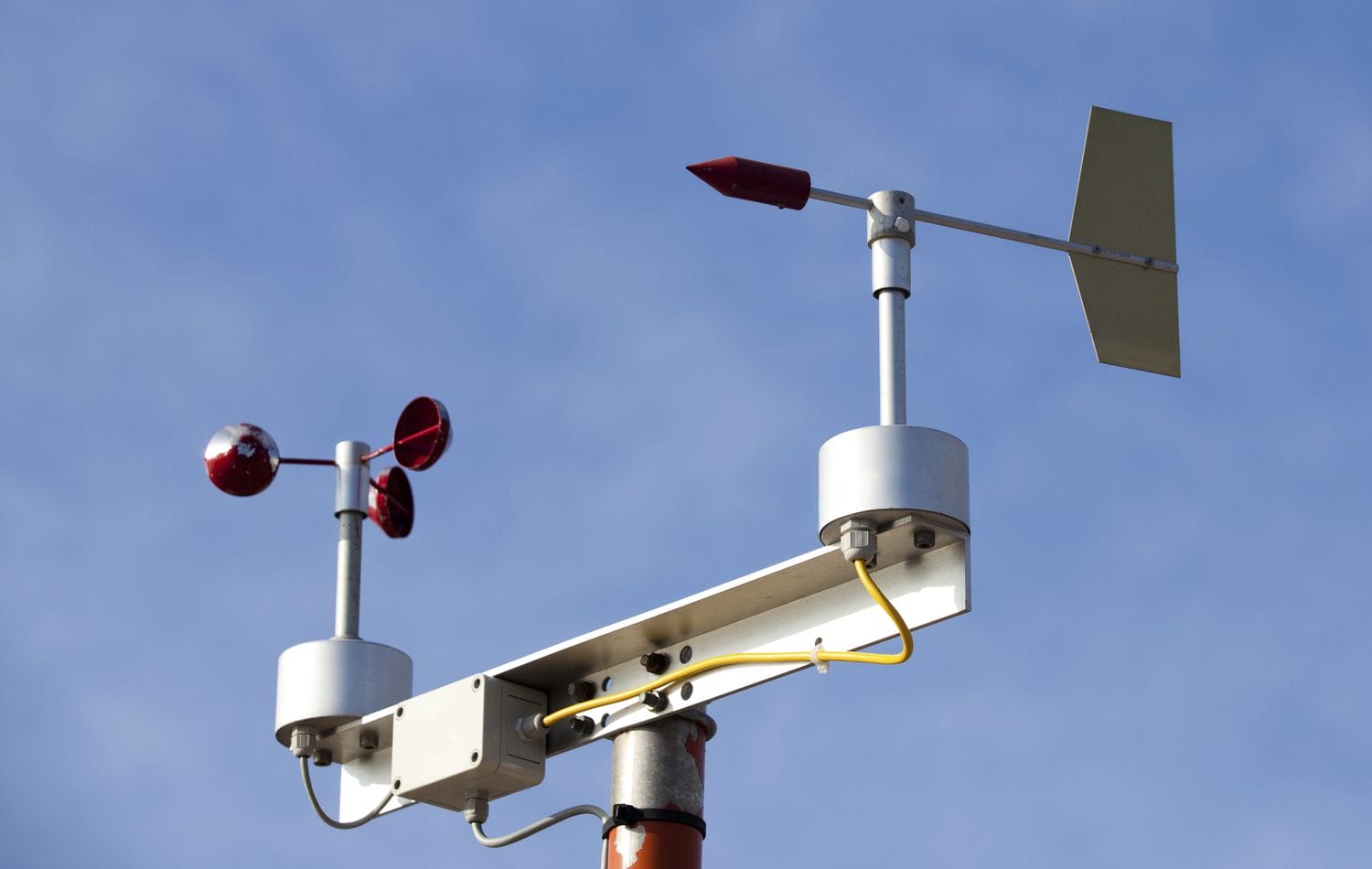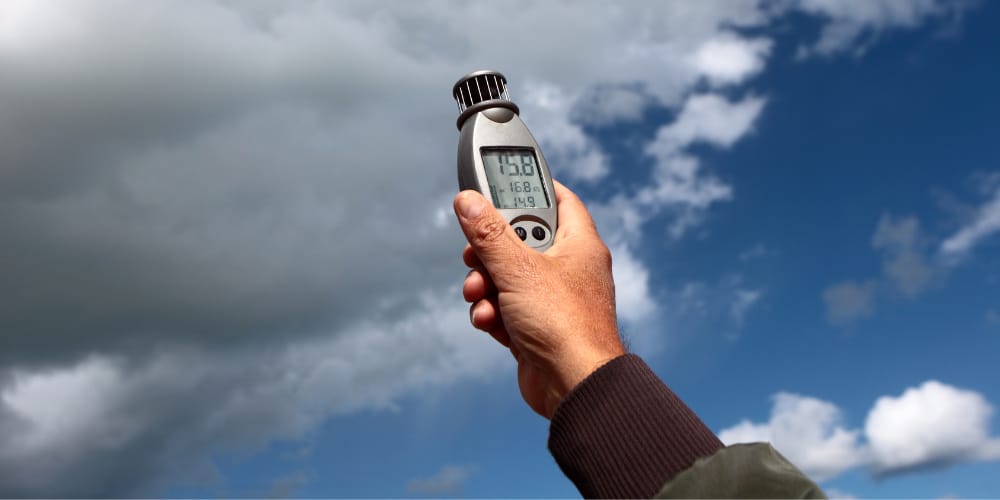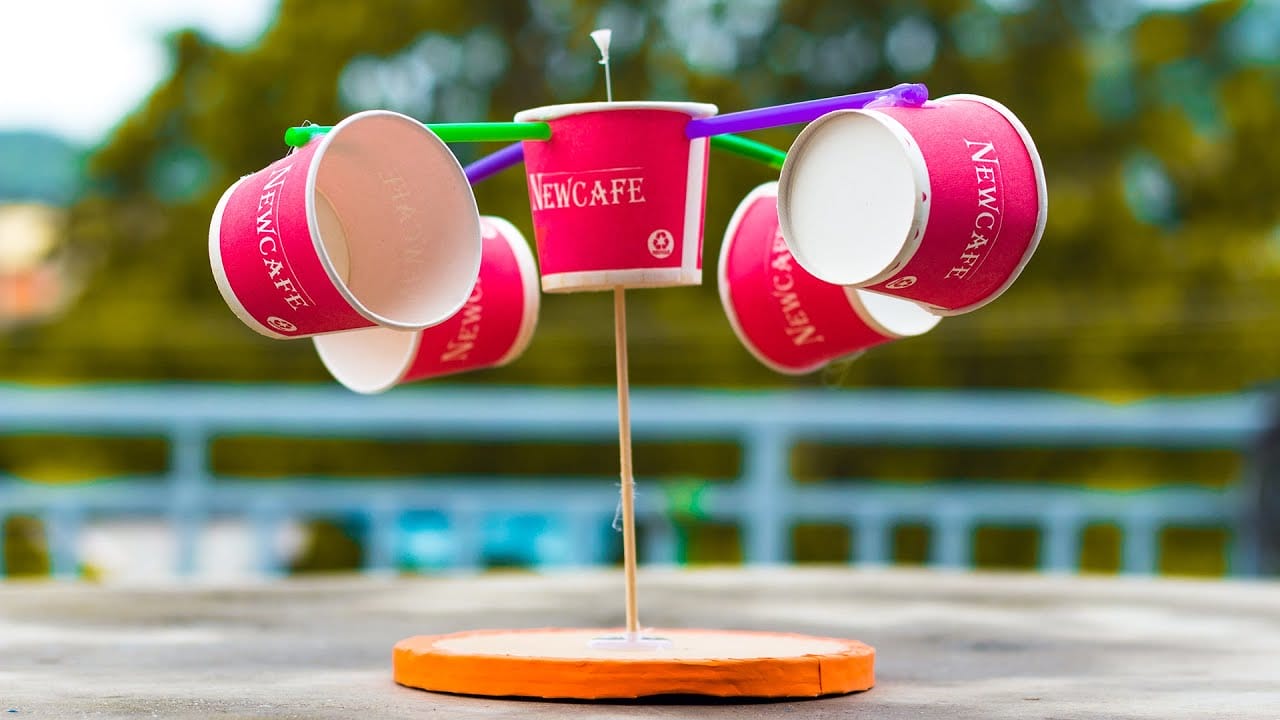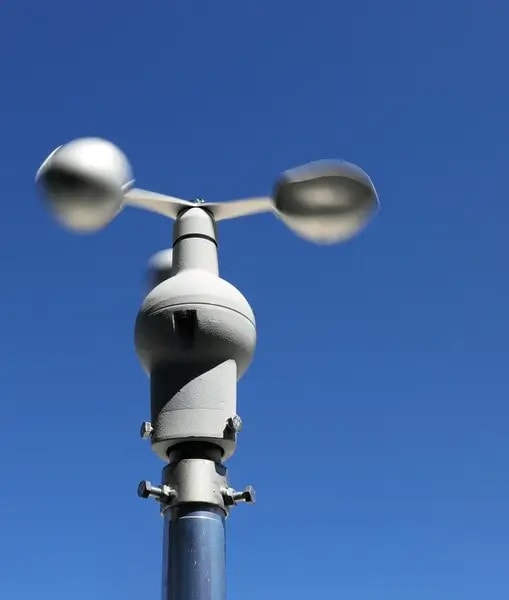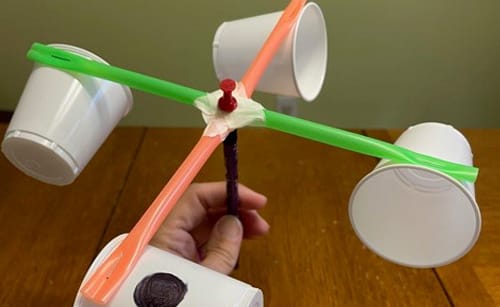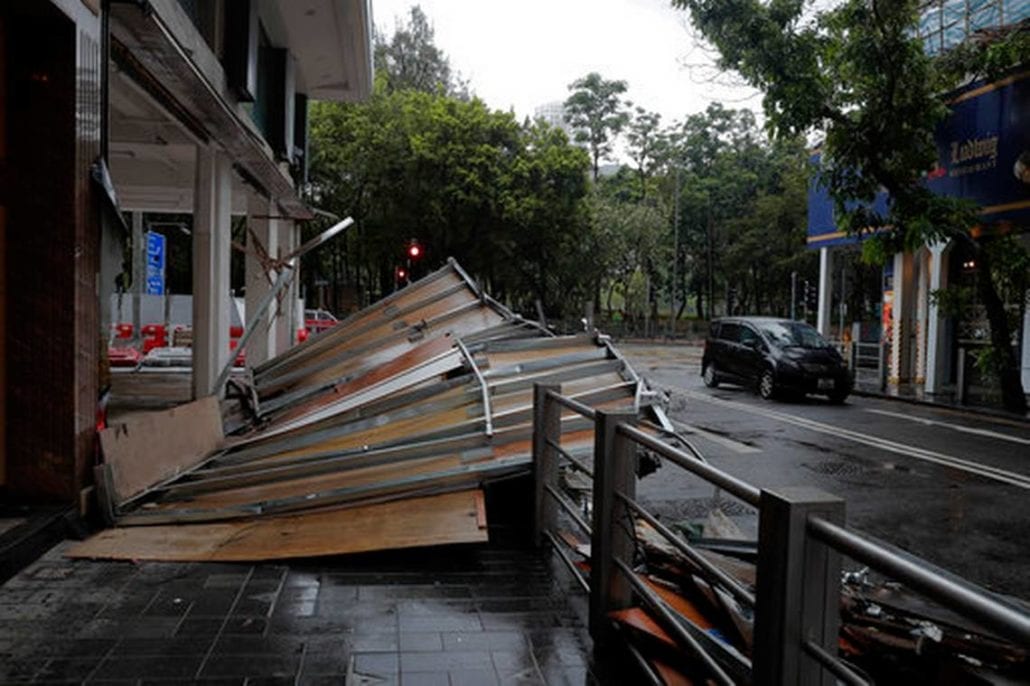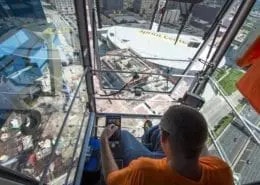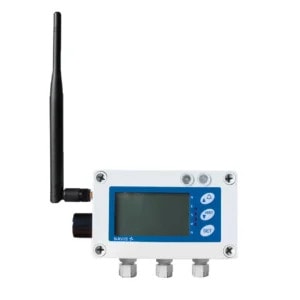
Wind plays a quiet role that many people overlook, yet it shapes daily work in construction sites, transport systems, farms, and weather offices. A sudden change in wind can quickly bring new risks, especially in jobs where safety depends on stable conditions such as operating cranes, preparing flights, or following storm patterns. Depending only on eyesight or personal judgment in such cases can be misleading. That is why professionals in different industries turn to instruments that measure the wind and give them clear information they can trust.
Anemometers are the tools built for this purpose. They collect real-time data and translate shifting air into numbers that can guide decisions. Some models show wind speed alone while others also give the direction of flow. The readings help teams reduce guesswork, plan ahead, and keep people safe. These devices are now common on construction projects, weather stations, and even in the hands of field workers who move from site to site.
This guide will explain anemometers, their function, where they are applied, and why they have become part of everyday planning.
What an Anemometer Does
An anemometer is a tool that shows how fast the wind is moving. Instead of guessing whether the wind is strong or light, it gives a clear reading. This makes it useful in many areas of work.
In airports, wind speed is checked to guide planes during takeoff and landing. On construction sites, workers use it to determine whether it is safe to run cranes or lifts. Farmers also look at wind readings before spraying chemicals since the wind can carry them to the wrong place. Even in energy projects, wind speed is measured to improve how turbines produce power.
Different types of anemometers work differently. Some have cups or small blades that spin when the wind blows, while others use sensors that record changes in air movement. The science behind measuring wind involves how instruments detect air movement and convert it into quantifiable data. Different designs accomplish this in various ways, depending on environmental conditions and the desired level of accuracy.
Cup Anemometers
These are easy to spot because of their cup-like design. Usually, three or four cups are attached to short arms. When the wind passes, the cups rotate, and the faster they turn, the stronger the wind. This type is often fixed on rooftops or at permanent weather stations.
Vane Anemometers
This type works like a tiny wind turbine. A fan blade spins whenever air moves through it. Many portable wind meters are built this way. It can also point out the wind’s direction if combined with a wind vane. People who fly drones and technicians working on air systems often rely on this style.
Hot-Wire Anemometers
Instead of moving parts, this design uses a very thin wire that is heated using electricity. When air flows across the wire, it cools it down. The cooling rate tells how fast the wind is moving. These are mostly used for controlled studies inside buildings, such as checking airflow in vents and ducts.
Ultrasonic Anemometers
This type has sensors that send sound signals to each other. When the wind blows between them, it changes the time the sound travels. From this, both speed and direction can be calculated. Because there are no moving parts, ultrasonic models are valued in places where reliability and less maintenance are needed.
Pitot Tube (Pressure-Based) Anemometers
A pitot tube works by comparing pressure levels. It measures the difference between air that is still and air rushing into the tube. These readings help determine wind speed. Such devices are mostly used in aircraft and also in wind tunnel research.
Why We Measure Wind
Understanding wind is part of keeping people, projects, and equipment safe. It affects how buildings are designed, how machines are used, and how we prepare for changing conditions. Anemometers make this possible by giving correct readings of speed and direction, allowing teams to plan their work with confidence.
Safety on Construction Sites and Crane Operations
Wind is one of the biggest risks on construction sites. A sudden gust can cause a suspended load to swing or even put scaffolding at risk of collapse. Cranes are especially sensitive since strong winds can push them off balance. That is why many sites place anemometers on cranes or tall structures. Workers check the readings and pause operations when the wind reaches unsafe levels. This prevents accidents and protects both workers and machines.
Weather Forecasting and Storm Tracking
Wind patterns are among the main signals meteorologists use when predicting weather. A change in speed or direction can point to rain, storms, or a drop in temperature. Because of this, reliable wind readings are fed into forecast models that people and industries depend on. Farmers, pilots, and even households use these forecasts to plan their activities well in advance.
Designing Structures That Can Handle the Wind
Every structure interacts with wind. Tall buildings, bridges, and even housing estates face pressure from moving air. Engineers rely on wind data to understand how much force a building will face in its location. This knowledge guides the choice of building materials, the shape of the design, and the placement of windows or openings for airflow. Using accurate measurements makes it possible to create safe, durable, and comfortable spaces.
Improving Wind Energy Efficiency
Energy production from wind depends on the flow of air. Before a turbine is installed, experts use anemometers to find out if a site has the right conditions. Once turbines are running, ongoing wind measurements help track performance and improve efficiency. Even small shifts in wind strength can affect how much electricity is generated. Having good data supports planning and helps the energy sector supply power reliably.
How Anemometers Work
The purpose of an anemometer is to convert moving air into measurable data. Although each type operates on a different principle, they all fulfill the same role: turning wind speed and direction into information we can track and understand.
Cup Anemometers
One of the oldest designs is the cup anemometer. Small cups are fixed on arms that rotate around a center. When the wind blows, the cups spin faster depending on the strength of the flow. A sensor tracks the number of turns, which is then used to calculate wind speed. These are often mounted on weather stations, poles, and building rooftops.
Vane Anemometers
Vane anemometers use a fan-like rotor to pick up moving air. As wind flows through, the blades spin, and the spin rate indicates how fast the wind goes. Many models also come with a tail section that keeps the device facing into the wind, making it useful for checking both speed and direction. They are often used in fieldwork since they are portable and easy to handle.
Hot-Wire Anemometers
Instead of moving parts, hot-wire anemometers work with heat. A very thin wire is heated using electricity; when air moves across it, it cools down. Stronger wind cools it more quickly. The instrument monitors this cooling process to calculate the speed of air. These tools are normally found in indoor environments like ventilation testing, laboratories, or controlled airflow studies.
Ultrasonic Anemometers
Ultrasontic models depend on sound thander than motion. They send high-frequency sound pulses between sensors. When wind passes through, it alters how long the sound takes to travel from one sensor to the other. By checking these time changes, the device can give readings for both speed and direction. Since they have no moving parts, they are often chosen for areas where reliability and low maintenance are important.
Pitot Tube Anemometers
A pitot tube works by detecting pressure differences. Wind enters a narrow tube, which builds up pressure inside. This is compared against the still air pressure, and the difference is converted into a wind speed reading. These are the same instruments commonly fitted in aircraft systems and research wind tunnels.
Industry Applications
The value of anemometers is seen in how they make everyday decisions safer and smarter across industries. Turning invisible wind into data illustrates how an anemometer changed modern weather forecasting, allowing people to predict conditions more accurately. While their influence is widespread, their ability to provide consistent readings is what makes them reliable tools in fields as diverse as construction, energy, aviation, weather studies, and marine operations.
Meteorology and Forecasting
Modern forecasting depends on accurate wind readings. Anemometers capture both speed and direction, and this data feeds into computer models that predict rainfall, storms, and shifts in temperature. Farmers rely on these forecasts to plan planting or harvesting, while families use them to prepare for severe weather. Tracking wind has changed forecasting from guesswork to dependable science.
Marine and Offshore Use
On the sea, wind can decide how safe a journey is. Ships adjust their routes and fuel use depending on how the wind behaves, while offshore rigs monitor gusts that might interfere with lifting equipment or crew movements. Real-time measurements reduce the risk of sudden surprises at sea and allow smoother planning for long voyages or daily operations.
Construction and Crane Operations
Heavy lifting at construction sites depends on steady conditions. Strong winds can sway cranes or push materials off balance, putting workers and equipment at risk. When anemometers are fitted on cranes or rooftops, they give instant feedback that allows site managers to stop work before conditions become unsafe. This simple tool often prevents accidents and delays that would otherwise be costly.
Wind Energy Monitoring
Energy companies look to wind turbines as a dependable source of power, but turbines only perform well when positioned correctly. Anemometers mounted at turbine height monitor airflow around the clock. The readings help operators adjust blade angles and track output. Over time, this data also guides where to build new turbines, making sure each site produces as much energy as possible.
Aviation Safety and Flight Management
Flying safely requires constant awareness of wind. At airports, anemometers along the runway guide air traffic controllers as they direct takeoffs and landings. Pilots use the information to plan weight distribution, adjust routes, and manage fuel consumption while in the air. Without steady wind data, even routine flights would face unnecessary risks. Anemometers play a quiet but important role in keeping air travel safe and efficient.
Choosing the Right Anemometer
The right device depends on the type of work it will support. While all anemometers measure wind, not every model is built for the same setting. A unit fixed on a tower may suit a permanent site, while a compact handheld model works better for mobile inspections. Thinking about the working environment before purchase helps avoid the wrong choice.
Accuracy and Reliability
Wind readings are only useful if they are correct. In fields such as aviation or lifting operations, small mistakes in data can expose teams to serious risks. A anemometer that produces steady and trustworthy results allows workers to act with confidence and reduces dowtime caused by false readings.
Durability and Weather Resistance
Outdoor equipment has to withstand tough conditions. Anemometers that last are usually made with strong casings, sealed parts, and non-rusting materials. These features protect against rain, dust, and sun, making the tool a dependable partner through different seasons instead of a device that fails after a few months.
Mounting Type and Use Case
The style to choose depends on where and how the anemometer will be used. Permanent fixtures are best for rooftops, masts, and construction machinery. Portable models are lighter and easier to move, suitable for teams that work across different sites or need a tool that can be carried during inspections.
Useful Features That Support the Job
Modern anemometers often come with functions that save time and improve safety. Instant alerts can notify workers when wind speeds shift suddenly. Data logging lets teams study patterns instead of relying on single readings. Clear displays also make it easier to read values quickly while on site.
Maintenance & Calibration
Anemometers stay reliable only when they are cared for. Outdoor units often face dust, rain, and heat, which can block sensors or slow moving parts. A simple routine of cleaning and inspection helps prevent small issues from turning into failures. Even in calmer settings like offices or labs, occasional checks make sure the device keeps performing as expected.
Calibration Should Match Use and Environment
Not every site demands the same calibration schedule. A meter on a crane, exposed to vibration and changing weather, may need attention more often than one in a quiet indoor space. Following the manufacturer’s guide is a good start, but many busy sites benefit from shorter intervals, such as twice a year. Regular calibration keeps readings dependable and avoids costly mistakes caused by drift.
Knowing When to Replace or Upgrade
Every tool has a working life. Signs like slower spinning cups, fading displays, or sensors that lose precision show it might be time for change. Replacing worn parts can extend service, but in many cases, upgrading to a new model saves time and adds useful features. Modern units often bring better durability, easier maintenance, and functions that improve daily operations.
Future Trends in Wind Monitoring
Wind monitoring is becoming smarter and more connected. The latest anemometers are no longer just about recording speed. Many now come with sensors that feed information into digital platforms through IoT technology. This means readings can reach devices like tablets or control centers in real time, giving site teams quick access to data whenever they need it.
Predictive Safety and Early Warnings
New systems are focusing on preventing risks instead of only responding to them. By studying patterns in wind changes, some devices can forecast unsafe conditions before they occur. Crane operators and project managers can receive early alerts that help them pause work or adjust plans before high winds put people or equipment in danger.
Fully Connected Worksites
Wind data is now being linked with bigger site management tools. Platforms such as BIM or fleet tracking software are starting to include anemometer data as part of their operations. This integration allows teams to manage schedules, safety, and planning with wind conditions already factored in, making work smoother and safer across the board.
Conclusion
At WirelessWind, we supply high-quality anemometers and wind monitoring solutions that improve site safety. Our systems deliver accurate information in real time, helping your crew make the right calls quickly. Because weather can change in minutes, we make sure you have tools that keep you prepared for whatever comes your way. Reach out to us to find the best wind monitoring system for your project.



